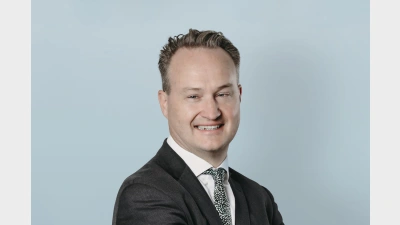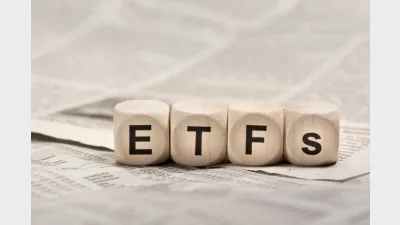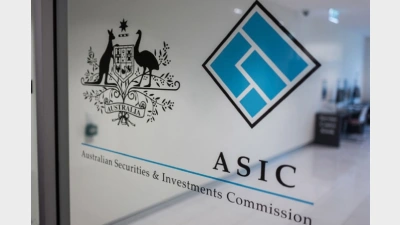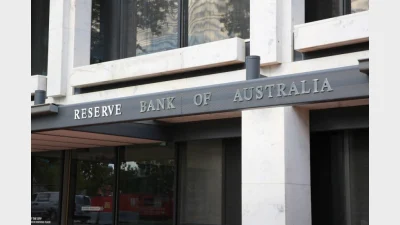One on one with ART: Hitting new milestones



Super Review’s one-on-one series aims to spotlight key investment insights from the superannuation sector.
This week, Michael Weaver, head of global real assets at Australian Retirement Trust, highlights the fund’s evolving investment strategy as it achieves greater scale, including leaning into larger infrastructure opportunities.
The fund has seen significant merger activity in the last 18 months. How have ART’s portfolios evolved over this time?
It’s a privilege to have been chosen by a number of super funds to look after their members’ retirement savings into the future. Over the last 18 months, that includes CBA Group Super, Alcoa Super, AVSuper, and Woolworths Group. It’s also recently been announced that Qantas Super will be merging with us next year, which will see us welcome another 26,000 members and approximately $9 billion in funds under management.
The portfolio has evolved; however, there’s no real need for any revolution for portfolios when those changes occur because each of the SFTs is incremental to a fund of our current size. I do note it has added scale and we must think about what makes sense for each of the growing portfolios, whether that be equities and fixed interest in the listed area or in any of the private market portfolios being infrastructure, real estate, private equity, and private debt.
How does your scale, crossing $300 billion in FUM, now shape your investment strategy?
It’s a major milestone and makes you think differently in relation to what sort of investments you would make. Our view is we should partner with the best investment managers in the world and scale is an advantage here because it enables us to deepen the relationships we have with some of our key investment partners.
We obviously look at making larger investments in the infrastructure space and have larger mandates, which means that we can have lower fees for our members, so they enjoy the benefits of scale.
What are some key opportunities you foresee in the next year, across asset classes and across global regions?
ART has a robust investment process where key members of the investment team are constantly discussing each of the asset classes we look after and the opportunity sets. We have various investment forums and investment committee processes where we debate where the best opportunities lie, both in Australia and globally. The various views are helpful in triaging what we believe we should focus on.
We are also fortunate to have nicely diversified listed and private markets programs and teams with strong relationships with our investment partners that see many opportunities, which we can consider alongside them. As an example, our private equity program has been very successful [in] building out a co-investment program and they see a lot of interesting opportunities in many sectors around the world.
When it comes to weighing options between Australia versus overseas, what’s your thought process there? How does your new overseas office contribute to finding opportunities?
ART has a strategic asset allocation team that set the desired weightings between Australia and overseas. We believe we will continue to slightly increase the overseas exposure over time because it’s a larger opportunity set.
The new London office is currently focused only on infrastructure, though this will expand in coming years. This presence has been helpful in relation to investments that we currently own as well as underwriting potential investments. The team work[s] with external investment managers to source new investment opportunities for our 2.4 million members. With over 40 per cent of assets outside of Australia and more than $25 billion invested in the UK and Europe, the expansion aligns with our strategy to further build out a leading global investment capability.
What initiatives are you pursuing to enhance member outcomes and ensure that your fund remains competitive?
We are very focused on climate change and its implications, from the overall sustainable investment perspective across the portfolio, however, also the opportunities in energy transition in infrastructure given the significant need for capital. Our internal data capability is another area where we have dedicated significant efforts working out what we believe the right solution is for us. We are now upgrading our systems to ensure all of our decisions are fully informed by data, even more than they are today, so we can enhance decision making processes and build more resilience into our members’ portfolios.
Finally, we believe it is incumbent on every significant institutional investor to consistently test themselves about what has worked well and what hasn’t. We take those lessons learned to improve what we can do into the future. It’s a great way for the team to be able to assess in an open and transparent way how we can continue to drive compelling investment outcomes to and through our members’ retirements.
Recommended for you
The structural shift towards active ETFs will reshape the asset management industry, according to McKinsey, and financial advisers will be a key group for managers to focus their distribution.
ASIC has warned that practices across the $200 billion private credit market are inconsistent and, in some cases, require serious improvement.
A surge in electricity prices has driven the monthly Consumer Price Index to its highest level in a year, exceeding forecasts.
Infrastructure well-positioned to hedge against global uncertainty, says investment chief.







